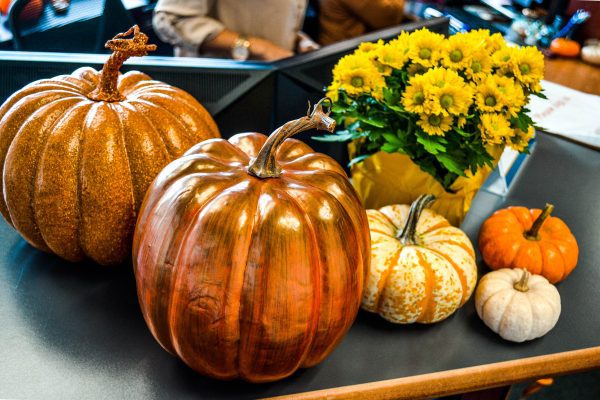Happy Halloween! As we don our costumes and carve pumpkins, it’s easy to forget that this spooky, autumnal holiday has roots that stretch back centuries, all the way to the emerald isle of Ireland. Join us on a journey through time as we uncover the intriguing origins of Halloween, a celebration deeply intertwined with Irish history.
Samhain: The Pagan New Year’s Eve
The tale begins with an unlikely New Year’s Eve celebration: a pagan religious festival known as Samhain, pronounced “sow-win.” Samhain marked the commencement of the harvest season and welcomed the onset of the dark, cold months associated with death. During this festival, Celts believed that the boundaries separating the living from the dead grew hazy. It was a time when the departed returned to Earth as ghosts or spirits.
On the night of Samhain, just before the new year, Celts allowed the hearth fires in their homes to extinguish. This act symbolized a temporary void, as they gathered their harvest. The darkness that enveloped them was later pierced by the radiant flames of a massive community bonfire. This fire served a dual purpose – to ward off the spirits and to act as a conduit for sacrificing crops and animals to Celtic deities.
From Samhain to Halloween
Fast forward nearly 2,000 years, and you’ll find that the essence of Halloween hasn’t strayed as far as you might think. In Ireland and Scotland, October 31st is still a date for celebration, marked by bonfires, games, and traditional foods. One such delicacy is barmbrack, an Irish fruitcake with an unconventional twist. Hidden within its sweet confines are tokens of fortune-telling – coins, buttons, and rings. Rings foretell impending marriages, while coins hint at wealth.
While the significance of Halloween may have evolved over time, and we now have the convenience of electricity to illuminate the dark months, its macabre nature remains deeply rooted in the annals of cultural history.
Oíche Shamhna Sona!
As we indulge in the playful frights and festive delights of Halloween, let’s take a moment to appreciate the rich history and Celtic origins that underpin this beloved holiday. Whether you’re bobbing for apples, munching on barmbrack, or trick-or-treating with friends and family, remember that Halloween’s legacy is a testament to the enduring power of traditions passed down through generations. So, to one and all, Oíche Shamhna sona! (Happy Halloween!)
For more DLS, check out other blogs and visit us on Facebook, LinkedIn, Instagram, or Twitter!




